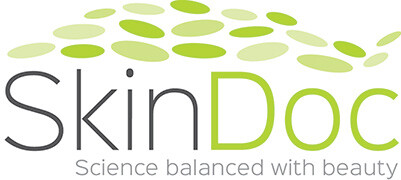We offer a wide range of skin smoothing treatments which are done in-house by our highly trained cosmetic nurse in Liverpool. All treatments are overseen by Dr Jennifer Yip, the principle doctor of the practice. Conveniently located for residents of Bankstown, Narellan, Fairfield and surrounding suburbs.
Superficial Treatment
These treatments penetrate the epidermis.
Medium Treatment
These treatments penetrate to the papillary or upper dermis.
Deep Treatment
These treatments penetrate to the reticular dermis.
What is a skin smoothing treatment for?
The aim of a skin smoothing treatment is exfoliation and regeneration of the epidermis and regeneration of the dermis.
Epidermal regeneration occurs in superficial treatments. The basal epidermal cells undergoes increase rate of cell division.
Medium and deep treatments undergo dermal wound healing which can be divided in three phases
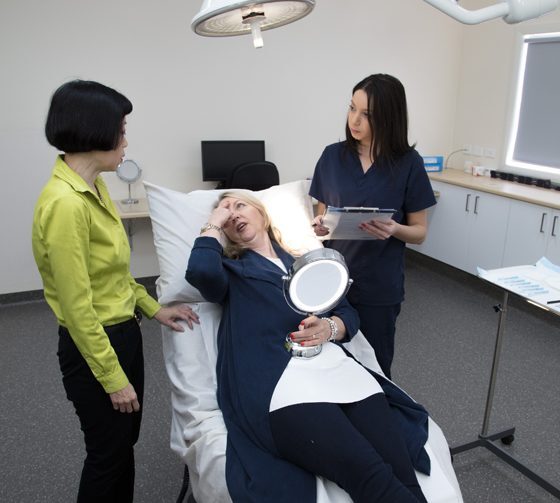
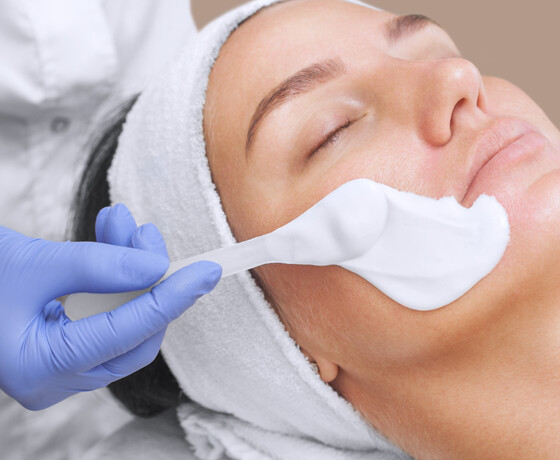
Phase 1 Inflammatory phase
This phase last less than 1 week. Inflammatory mediators (cytokines, prostaglandins) attract inflammatory cells to the area (white blood cells such as leukocytes and macrophages) as well as fibroblasts to the area. Blood vessels become dilated and nerve endings become sensitized leading to itch.
Phase 2 Repair phase
This phase can last from 1 week to several weeks. The macrophages in the dermis and metalloproteinases (enzymes that breakdown protein such as collagen and are involved in wound healing) increase in activity. Re-epithelization occurs simultaneously. This process starts from the hair follicle.
Phase 3 Remodelling phase
Fibroblasts start the production of new collagen which is then embedded into a new matrix of collagen and elastic fibres.
Dermal rejuvenation is only complete once the collagen neosynthesis (remodelling phase) is complete which can take several months. Epidermal rejuvenation is complete in a shorter time frame such as a few weeks.
What do skin smoothing treatments do?
Skin smoothing treatments damage the epidermis and or the dermis leading to stimulation of new tissue. The aim is to improve the aesthetic appearance of your skin. The ultimate cosmetic outcome of a skin smoothing treatment is determined by the depth of the penetration of the treatment. This is turn is dependent on chemical characteristics of the treatment, the method of application of the treatment and the patient’s skin type.
The two key aims of skin smoothing treatment are
- exfoliation and rejuvenation of the epidermis
- synthesis of new extracellular matrix (collagen and elastin) in the dermis
Superficial treatments
These include alpha-hydroxy acid AHA, pyruvic acid, salicylic acid and Jessner’s skin smoothing agents.
The acidic PH is less than 2 leading to decrease cell cohesion and therefore leads to exfoliation.
These treatments lead to reduction in abnormal epidermal cells and reduction in pigmentation. The epidermis becomes more smooth and compact.
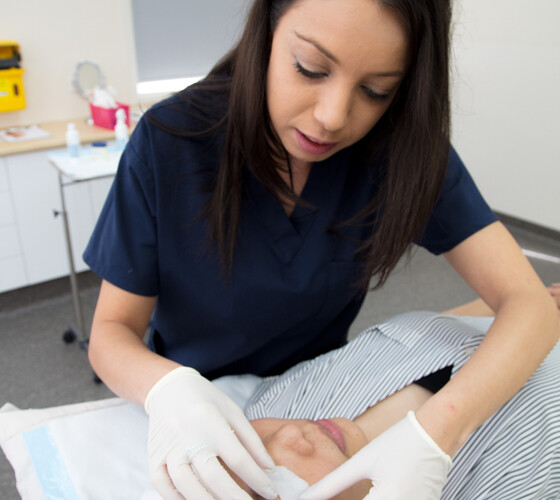
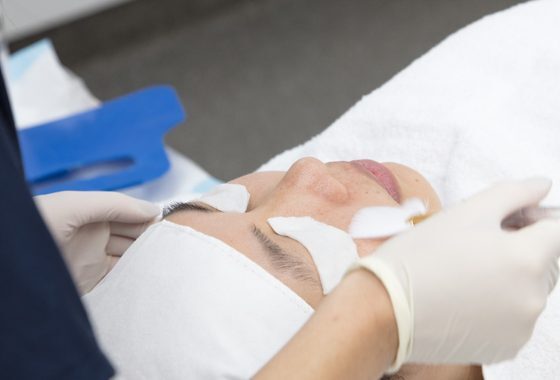
Medium treatments
These treatments coagulate proteins both enzymes and structural proteins
No frost treatments vs Frost treatments
No frost treatments (AHA, salicylic acid and pyruvic acid) are no frost treatments. No frost treatments reach only into the epidermis.
Treatments that cause frosting (TCA, Jessner’s) can penetrate into the dermis due to their chemical properties. Treatments that reach the papillary dermis are TCA 25% to 35%
Pre and post skin smoothing treatment
The aim of treatment before and after skin smoothing is to accelerate regeneration and prevent pigmentation.
Products that encourage exfoliation contain AHA and SA. Retinoids promoted epidermal turnover. Hydroquinone inhibit tyrosinase activity in melanocytes.
Indications
Superficial treatments
- Minor skin blemishes
- Chloasma
- Acne
Medium treatments
- Photoageing
- Chloasma
- Shallow acne scars
Complications of superficial treatments
The risk of complications with superficial treatments is low. Potential complications are
- Crusting
- Erythema (redness)
- Dermatitis
- Pigmentation
- Telangiectasia
- Infection
- Scarring
Pigmentation and telangiectasia can be prevented with pre-treatment of hydroquinone and high SPF sunscreen as well as sun protection. If the treated area is affected by herpes simplex (cold sores) there may be an increased risk of scarring. Oral antiviral prophylaxis are often given in patients with a history of cold sores to minimize this risk.
Complications of medium treatments
- Wound infection and delayed healing
- Transient milia
- Pigmentation and transient hypopigmentation
- Persistent erythema
- Scarring
To minimize the risk of complications with medium treatments, a careful history to evaluate any potential problems, possible use of oral antiviral prophylaxis in patients who have a history of cold sores, rule out acute skin infections and aggressive sun protection. Close follow-up at the clinic after the treatment.
Indications
AHA
Superficial AHA treatments can be used for mild acne (comedones, pustules and superficial papules) and mild superficial pigmentation. Use long term with adjunctive therapy they can possibly smooth out very shallow acne scars. The usual procedures consist of 4 to 5 treatments at 2 to 4 week intervals. Treatment can be continued at regular intervals up to 6 weeks or stopped.
Salicylic acid
Repeated applications of 10 to 30% salicylic acid treatment can be used in comedonal acne or papulopustular acne particularly on the back.
Jessner’s formula
Jessner’s treatment formula plus 15% to 25% TCA is often called a ‘weekend treatment’. It can be used to treat acne, early signs of ageing and pigmentation. These treatments are suitable for neck and décolletage areas. When Jessner’s treatment formula is combined with 35% TCA it can be used to treat shallow acne scars and moderate skin ageing with actinic keratoses (sunspots) and elastosis (ageing).
TCA
TCA can be used on the face, neck, décolletage and hands. TCA can be used in combination with Jessner’s formula.
Contact us for skin smoothing teratments in Liverpool
If you are considering a skin smoothing treatment, wrinkle reducing treatment or facial volumising treatment, visit our skin clinic in Liverpool today. We are conveniently located for residents of Liverpool, Narellan, Bankstown and Fairfield.
